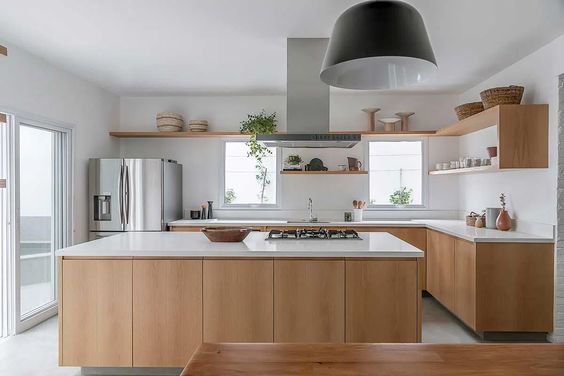
PVC board and plywood are commonly used materials in construction and various other applications. While they both serve the same purpose, but their compositions and characteristics are different. Here's some information about each:
PVC stands for polyvinyl chloride, a synthetic plastic polymer. PVC boards are made by combining PVC resin with various additives and processing it into flat sheets. These boards have a range of properties that make them Suitable for a variety of applications:
1. Durability: PVC boards are known for their durability and resistance to moisture, chemicals, and rot. They are not susceptible to insect infestation, making them a popular choice for outdoor applications.
2. Lightweight: PVC boards are lightweight compared to many other building materials, which makes them easy to handle and install.
3. Versatility: They can be cut, shaped, and molded into various shapes and forms, making them suitable for a wide range of applications. PVC boards come in different thicknesses and can be found in rigid or flexible variations.
4. Low Maintenance: PVC boards require minimal maintenance. They are easy to clean and do not require painting or sealing.
5. Applications: PVC boards are commonly used for outdoor signage, trim, fascia boards, decking, wall cladding, and other similar applications.
Plywood is a type of engineered wood panel made from thin layers of wood veneer glued together. These thin layers, or plies, are oriented in different directions, which enhances the strength and stability of the material. Here are some key features of plywood:
1. Strength and stability: Plywood is known for its high strength and stability, as the cross-grain arrangement of the layers helps counteract the natural tendency of wood to expand and contract with changes in moisture and temperature.
2..Versatility: Plywood comes in various grades, thicknesses, and sizes, Which offers versatility for various applications. It can be easily cut, drilled and shaped to meet specific requirements.
3. Wide range of uses: Plywood is used in a wide range of applications, including construction, furniture making, cabinetry, flooring, and packaging.
4. Different types: Plywood is available in different types, such as softwood plywood (made from coniferous trees like pine), hardwood plywood (made from deciduous trees like oak), and marine plywood (designed for water-resistant applications).
5. Surface finishes: Plywood can have different surface finishes, such as smooth, textured, or laminated with a veneer for an enhanced appearance.
When choosing between PVC boards and plywood, consider the specific requirements of your project, including durability, moisture resistance, weight, and aesthetic considerations. Both materials have their strengths and can be suitable for different applications.